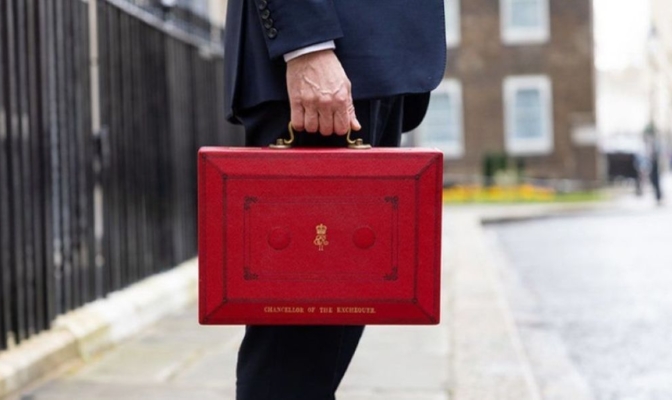As the Autumn Budget looms, journalists will be flooded with commentary, press releases, and reactive soundbites. For PR and comms professionals, this moment is both a challenge and an opportunity: how do we ensure our clients don’t just join the conversation, but lead it?
Be strategic, not scattergun
First and foremost, speak to media contacts beforehand. Instead of mass-mailing commentary to every journalist, the best approach PR and comms professionals can take is leveraging the strong relationships they’ve already built. A targeted pitch or exclusive insight offered to a trusted contact is far more effective than generic outreach.
One journalist recently told me, “I have the best relationships with PRs that help move the story forward”. That means offering broader context and expert analysis that goes beyond your client’s immediate business interests. Company data and consumer research, for example, can add colour and explain the “why now?”. Journalists want to hear something they don’t already know.
Stand out with purposeful insight
In financial services PR, it’s easy to fall into the trap of reactive commentary that simply echoes the same analysis and adds little value.
Instead of responding just to appear active, it’s vital to honestly assess whether your voice genuinely needs to be part of the discussion. Would commenting add meaningful value to your audience, business, or the media cycle? If not, it may be better to hold back – you don’t want to be in journalists’ inboxes just for the sake of it.
When you choose to engage, make it count. On days when broad headlines dominate, like tax increases or national debt, generic commentary often gets lost in the noise. To stand out, insights should be sharp, relevant and specific: for example, how are policy changes affecting small businesses in the Northwest, or the freelance workforce? A good consultant will help you carve out a niche that speaks directly to your sector, region, or audience and actually pushes your business ahead of its competitors. That’s how your message cuts through – and adds real value.
Timing is crucial
Budget Day itself is a whirlwind. By the time your press release or commentary hits inboxes, many journalists will already be deep into their reporting. Rather than competing against the churn of on-the-day emails, consider pre-briefings, embargoed comments, or early look-aheads to get ahead of the curve.
And remember – not every story needs to land on Budget Day. Some of the most valuable coverage comes in the lead-up, when journalists are seeking industry leaders to share hopes and predictions – and in the aftermath, when the dust settles and deeper, more reflective analysis begins.
Watch the landscape
Finally, understand what your competitors are saying. Monitoring what they are covering, what is working well for them, and crucially – where they aren’t saying anything at all – can help you identify gaps in the narrative and uncover fresh angles that haven’t yet been explored.
When the Budget rolls around again in November, don’t just react, lead. Any good communications professional should enable you to be the voice that adds value, the expert who brings clarity, and the authority that business journalists turn to for insight.



